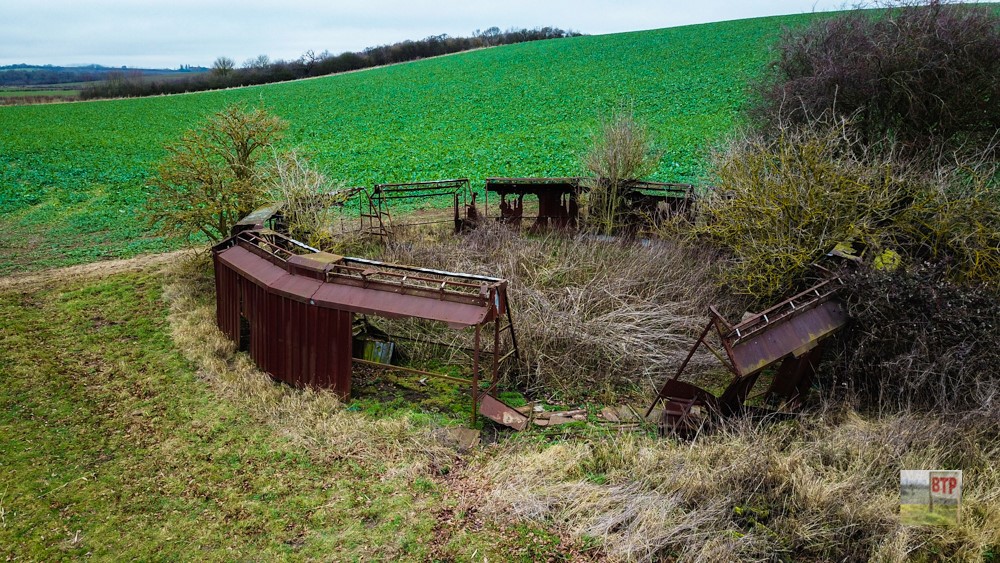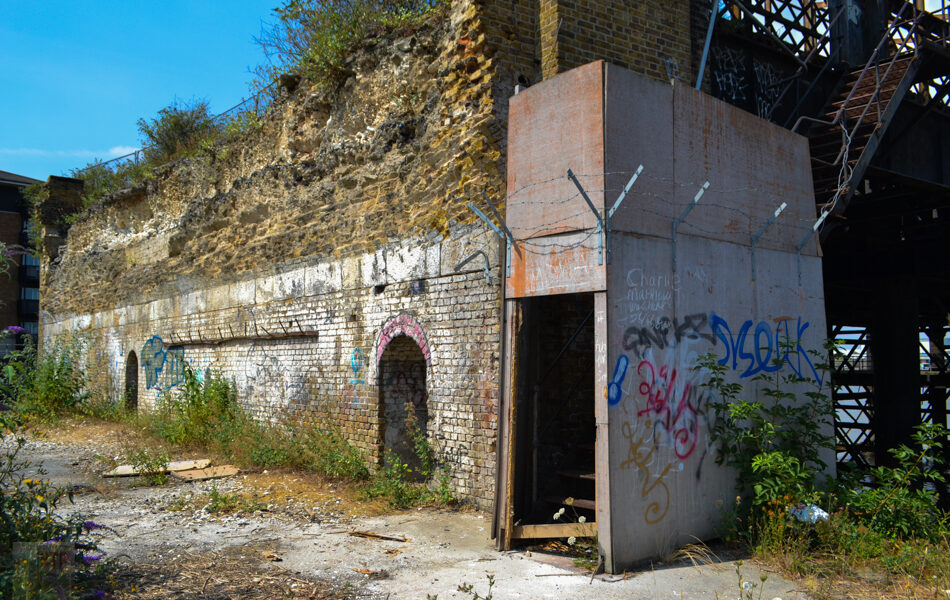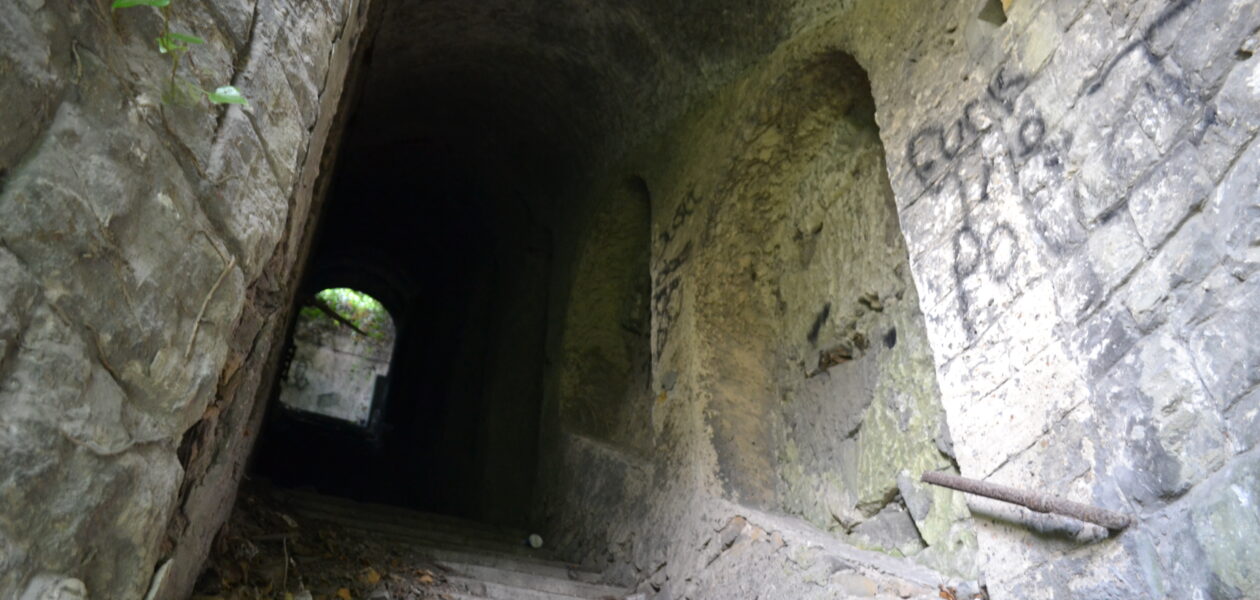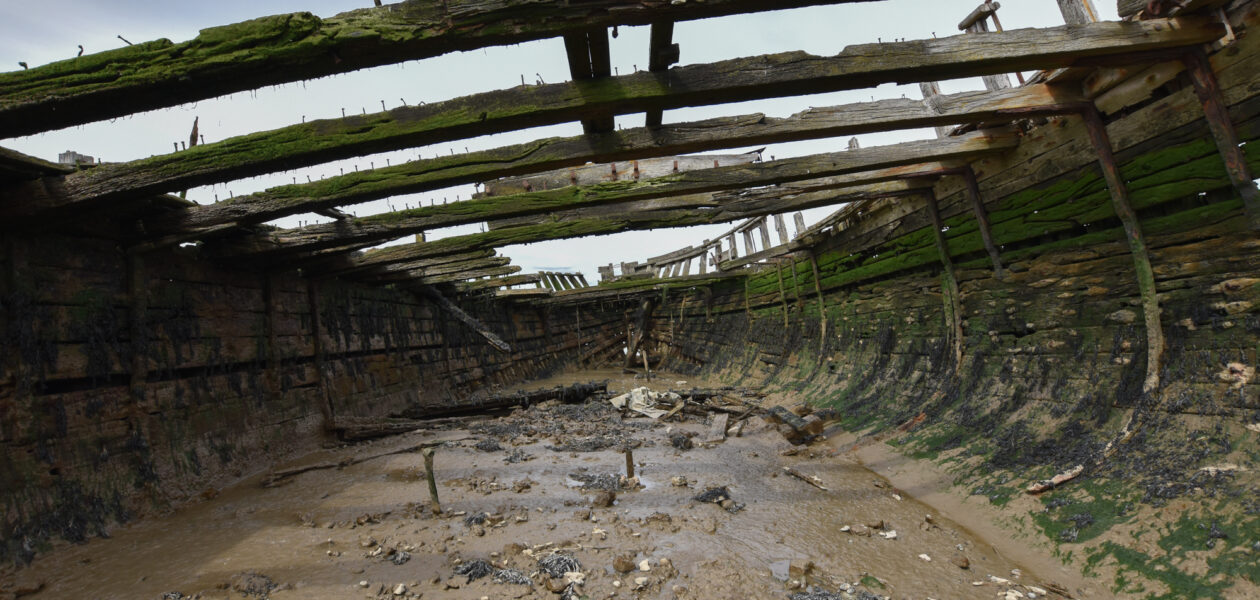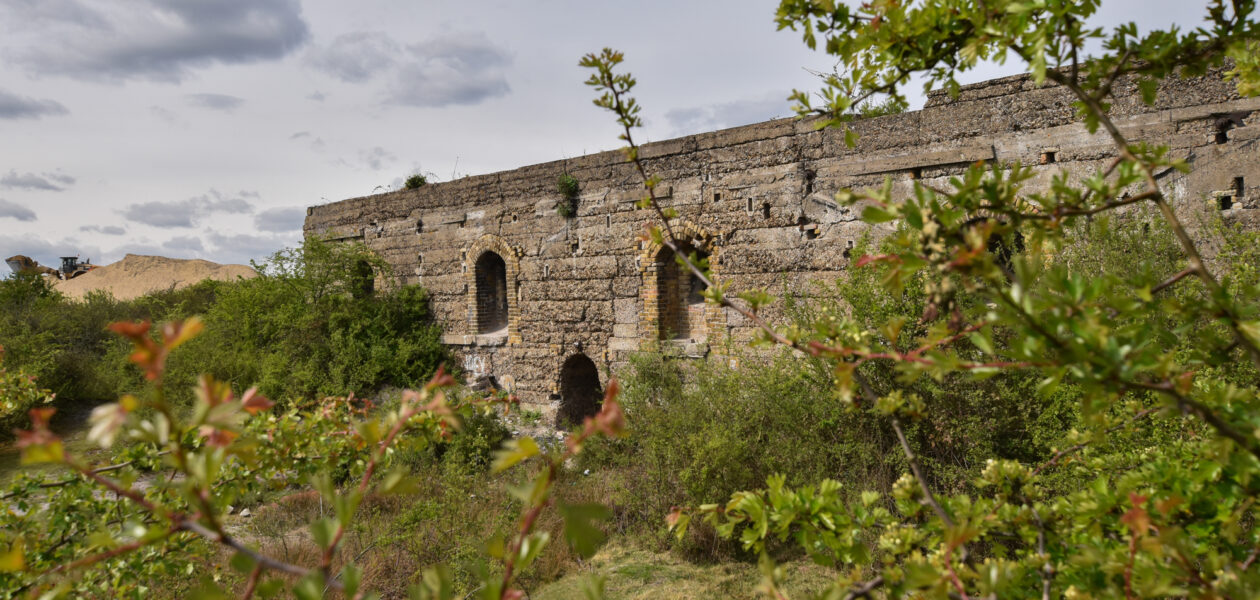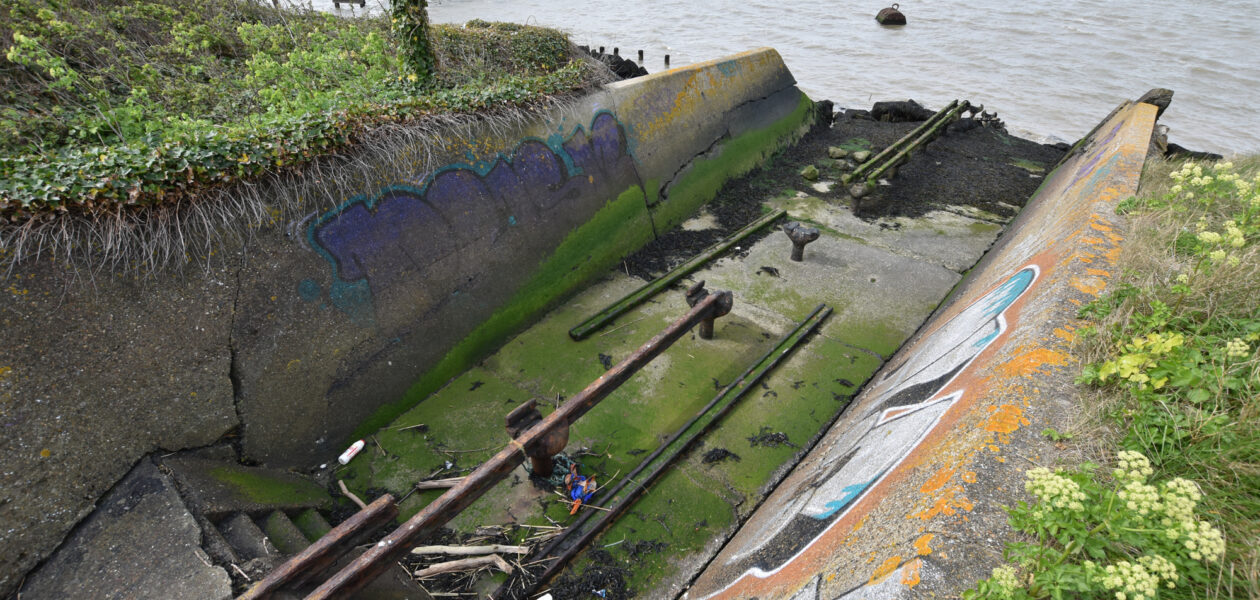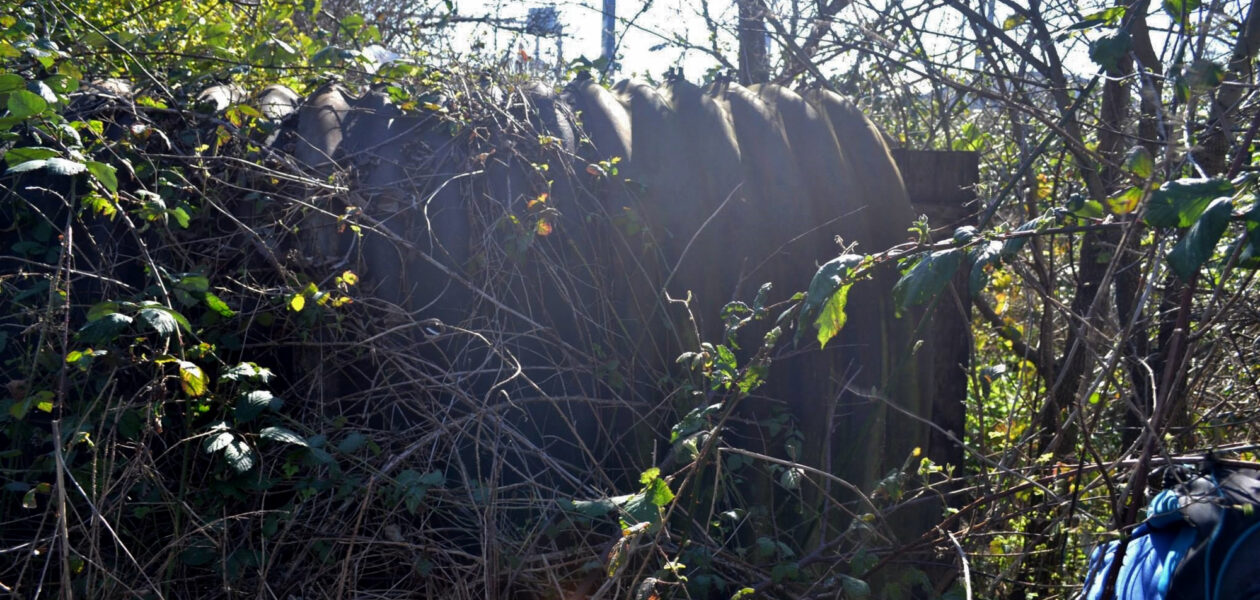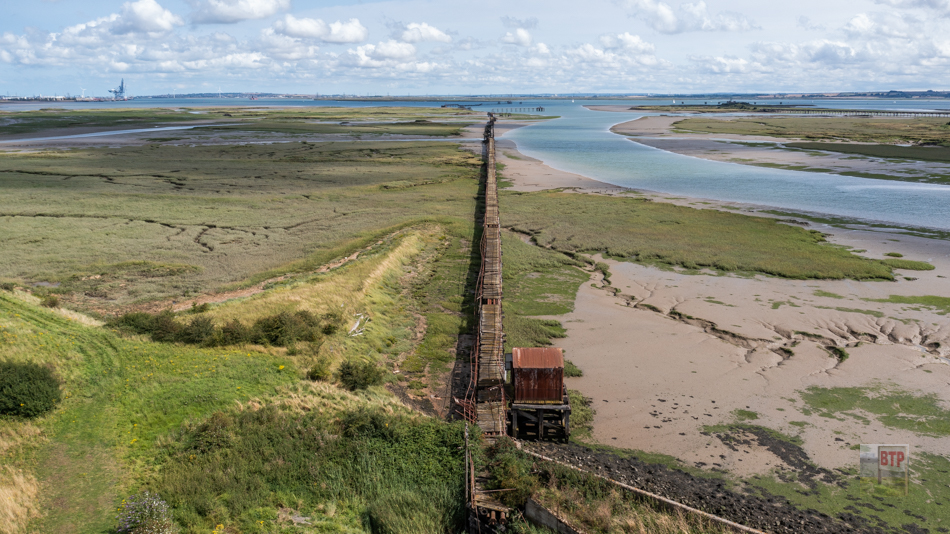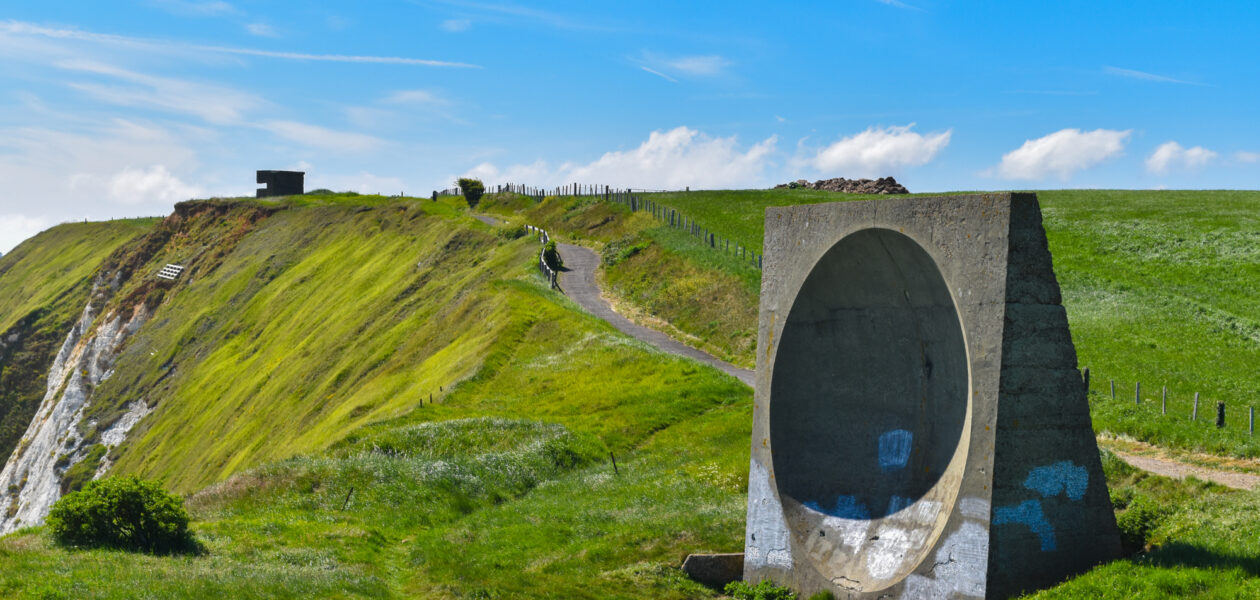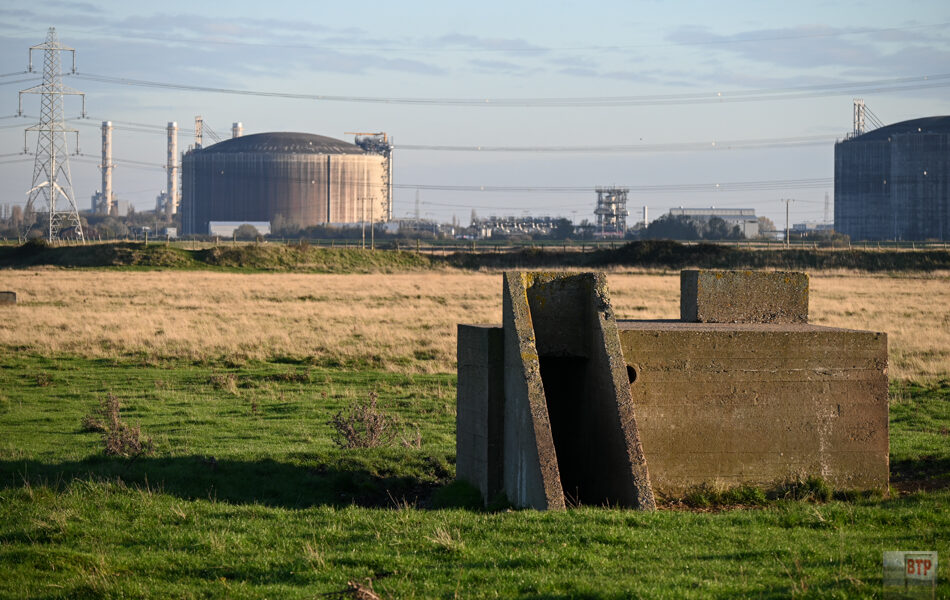North Fambridge Experimental Searchlight
Before the Second World War, an experiment was carried out to test the effectiveness of searchlights, or floodlights, of a special mirror variety possibly used to concentrate more light. These prototypes were designed to be able to spot and dazzle German aircraft flying across British land, by lighting up the night’s sky. Each installation would…
View More
